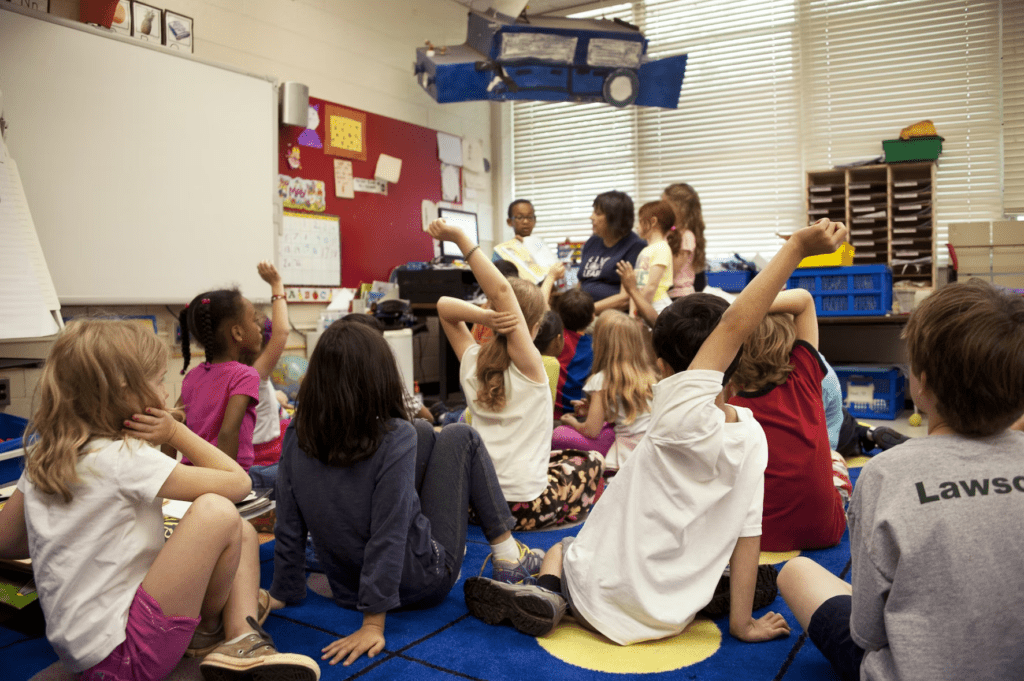The Organized Classroom: A Key to Unlocking a Child’s Potential

Getting an education is a right all children have. And it starts early in life, ending up with college. However, to develop themselves and their skills, they need to have the best education. The environment in the school, but in the classroom is essential and it can make a difference.
So, as an educator, you might be wondering how to organize a classroom. You might think about ways to unlock the full potential of students. You might start searching for student desk organization ideas that can help students study better, but also for classroom organization for teachers ideas. Well, search no more. In this article, you will discover the answers to all these questions and some tips and tricks too.
Creating a Structured Environment for Learning
You know that you need to create a structured environment for learning. But what are its actual benefits? How does this come to the advantage of students? An organized classroom is essential for unlocking a child’s potential.
A well-structured classroom can help students to focus, stay on task, and feel more in control of their learning. It can also help to reduce distractions and minimize disruptions, leading to a more positive classroom culture. To further understand the importance of organization in the classroom, students and educators can research and write essays on the topic. To make their essay stand out, they can use tools such as an essay rewriter to revise and improve their work. This can help them to gain a deeper understanding of the subject and effectively communicate their ideas about the role of the organization in promoting student success.
This essay rewriter tool can be accessed for free too and it proves to be an essential one in the task of rewriting. It helps both students and teachers understand the benefits of a structured environment for learning, and also create valuable content on this topic. Content that, of course, contributes to unlocking the potential of children and students.
Effective Strategies
It is clear why creating a structured environment for learning is crucial. But what are some effective strategies you can do this?
Get to Know the Children
What more effective way to help children unlock their potential other than getting to know them better? This helps you create individual strategies for every child, but also identify the common point the whole group needs to work on. Knowing what they like, and what they dislike will help you create exactly the activities that drive their interest.
Knowing their learning styles is also a piece of essential information that will help you design activities that make them passionate about learning. Some children might be more like visual learners, which means charts and maps would be appropriate for them. Others might learn more by doing, so practical activities should be created. You can either ask them to fill in an inventory or survey that assesses their individual learning style or to have discussions with them.
Giving Options and Choices
Sometimes, as an educator, you may know better what activities you want to introduce within the class. However, children might feel this obligation to learn, and not passion towards this process. Which, of course, represents a halt to unlocking their potential. They should feel they have a choice over what they want to learn so that their passion is fostered. You should go towards creating excitement around learning, not boredom.
Engagement Strategies
Engaged students take part in the classes actively. This means they will participate in all the activities not because of obligation, but because of passion. There are many strategies you can apply to engage students. You may create quizzes. You may create groups and a gamification model. You may do simple things like changing the way group projects are assigned and teams are created. Adding more fun within the classroom will spark students’ interest and will engage them in lessons that unlock their potential.
Final Thoughts
As an educator, you want to create the best learning environment for children. They are in a continuous development process when they learn not only about themselves but about the surrounding world too. They learn about emotions, but also expand their cultural knowledge and hone their skills. However, for this to happen, you need to engage them in classes and create a structured environment for learning. There are many strategies you can apply that can help unlock a child’s potential.


